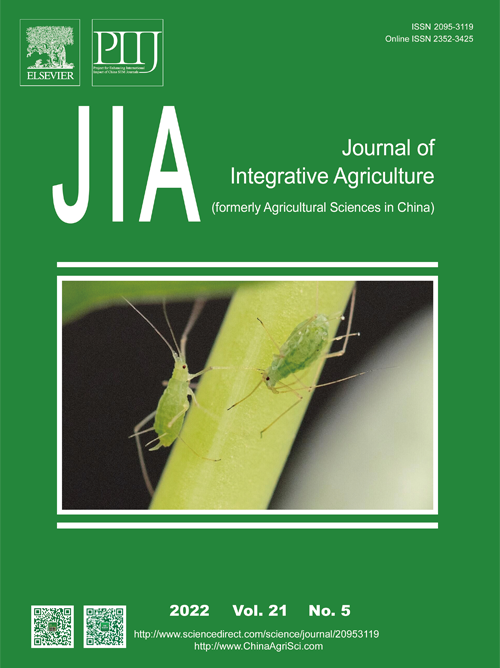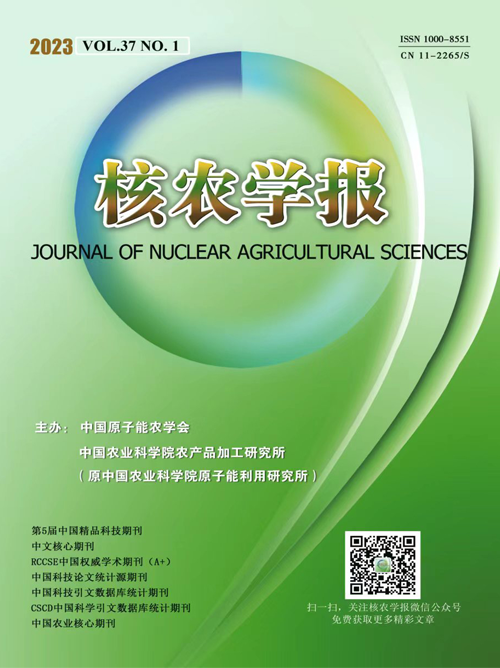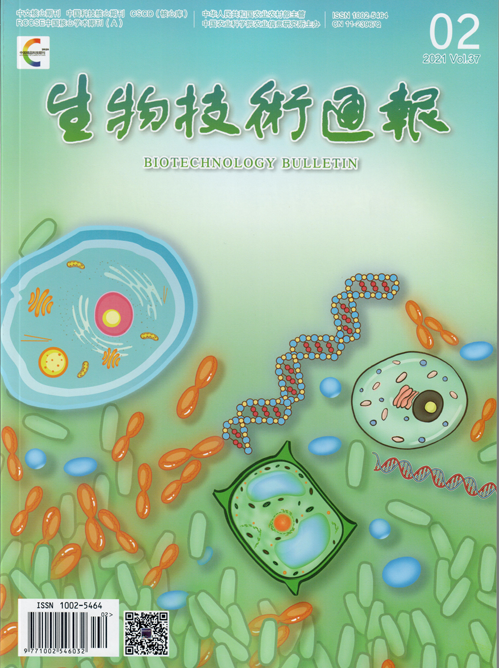A research team from Hangzhou, Zhejiang province, has developed a strain of oil-rich rice using gene-editing, opening up the oil-producing potential of starch-based grain crops ranging from rice to corn and potato.
Despite inferior per-kilogram oil yield in the rice compared to regular oil crops such as soybean, the per-hectare output of rice is significantly higher. The difference in output means that a slight increase in oil concentration in such unconventional oil crops can bolster the overall oil output on the same plot of land by a large margin, according to lead researcher Zhang Jian.
Zhang and his team from the China National Rice Research Institute managed to increase the concentration of lipids — fatty compounds that serve as building blocks for all living cells — in a high-yield rice variety widely planted in southern China by more than fivefold.
The findings were published in the science journal Plant Communications late last month.
Zhang said the discoveries are revolutionary in proposing rice and other staple food species as alternatives for traditional oil crops such as soybean and rapeseed.
"Previous studies mainly focused on how to improve the lipid-synthesis efficiency for oil crops," he said.
Though rich in oil and protein, soybean output is around 2 metric tons for each hectare of land — less than one-third of starch-rich food crops such as potato and rice.
"The gap means that rice, when its yield is unchanged, can extract the same amount of oil as the same area of soybean when the lipid concentration is raised from the average 2 percent to 6 percent," he said.
That was a relatively easy target, given that the rice strain that Zhang and his team have engineered since 2017 already contains about 11.7 percent fatty matter.
The increase was partly achieved by introducing a gene into the rice crop from an oil-rich plant commonly found across the globe.
Zhang said the gene was cherry-picked from more than 20 such gene segments having been reported by scientists to be crucial to accelerating lipid synthesis.
The researchers also edited out a pair of genes using the gene-editing tool CRISPR-Cas9 to expand the room for lipids in rice grains, and to reduce the amount of glucose — a type of sugar formed through photosynthesis to store solar energy in plants — that would eventually be turned into starch.
Zhang compared crops to factories with two production lines: one for starch and another for lipids, with both using glucose as the raw material.
The problem for grain crops such as rice, he said, is that its starch-making capacity is too strong and leaves few raw materials for producing lipids.
Zhang said that by knocking out a gene to reduce the starch-synthesis efficiency of rice, more fuels are available for creating oily compounds.
However, he said the research has plenty of room for improvement.
Despite a steep increase in lipid concentration, the new rice variety suffered a 40 percent drop in output — which Zhang said was because they overly suppressed the starch-making process.
That has led to about 10 percent of raw materials wasted in the rice plant.
"Hopefully, the drop in rice yield can be limited to less than 10 percent with some adjustments to our approach."
The rice variety that Zhang selected for the project can be harvested just once a year, which slowed the pace of trial planting. After being genetically engineered to bolster oil content, the rice contained a higher level of saturated fatty acids compared with its conventional counterparts. Saturated fatty acids are considered to be inferior in terms of nutritional value and health benefits compared to unsaturated fatty acids.
"Faster trial planting is our priority, and we are considering rice varieties that can be harvested three times a year for future research, so that we may more efficiently test the candidate genes," he said. "Lowering the saturated fatty-acid level is an easier task in this whole project."







